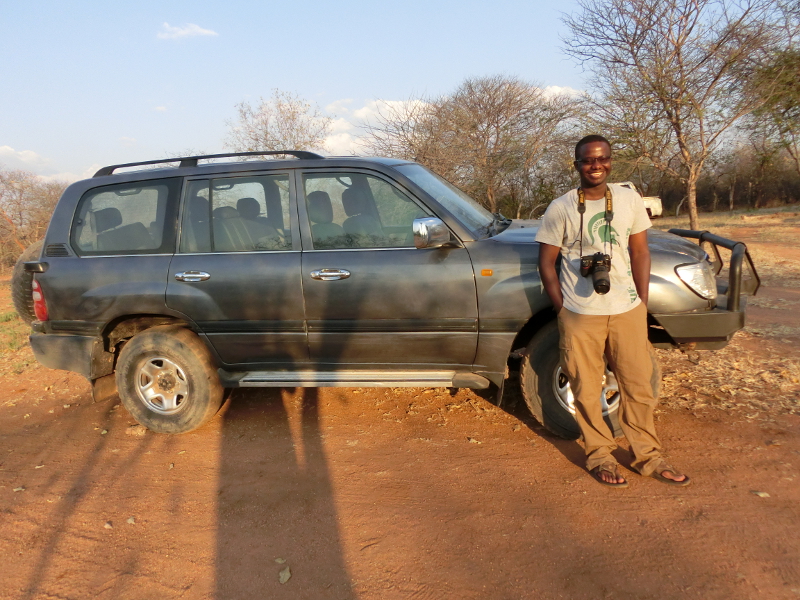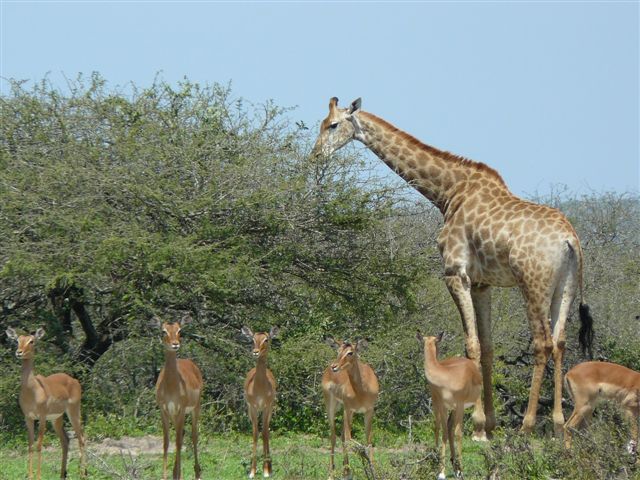News
David Macdonald introduces new WildCRU collaborator, Arthur Muneza, and the unhealthy story of Giraffe Skin Disease
Anyone who has felt unnerved by press reports of SARS, or avian flu or, terrifyingly, Ebola is aware of the threat of emerging diseases to people. They can threaten conservation too. Take the imaginatively named Giraffe Skin Disease, first spotted in the 1990s. It’s not a pretty sight: amongst the chilling words used to describe it are scabs, wrinkles, encrustations and oozing blood. It may be relevant to the 40% decline in giraffe numbers recorded over the last 15 years, and it is certainly relevant to WildCRU’s programme as it afflicts giraffes in WildCRU’s Ruaha Carnivore Project, directed by Dr Amy Dickman. Amy, of course, is better known for her work on lions, but lions eat giraffe so anything that affects that predator-prey system is relevant to us. That is why Amy and I have joined forces with WildCRU associate, Dr Bob Montgomery of Michigan State University to supervise MSU Masters student Arthur Muneza, a Rwandan working on Giraffe Skin Disease. Arthur’s surveys have revealed that GSD affects giraffes in 12 different populations across 7 different countries, and he’s found it in eight zoos around the world too. In Ruaha National Park Arthur used high-speed videos to document the distribution of GSD on giraffe legs, as a first step to plotting its distribution and understanding its spread.







